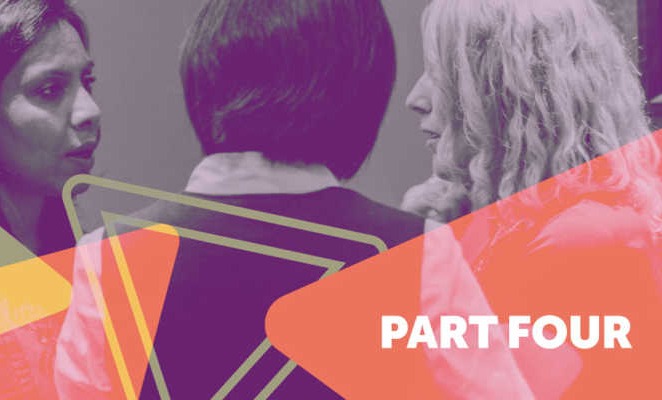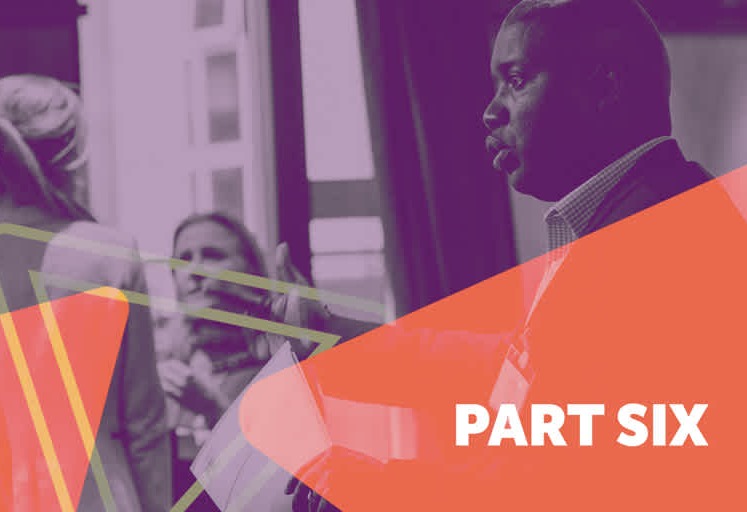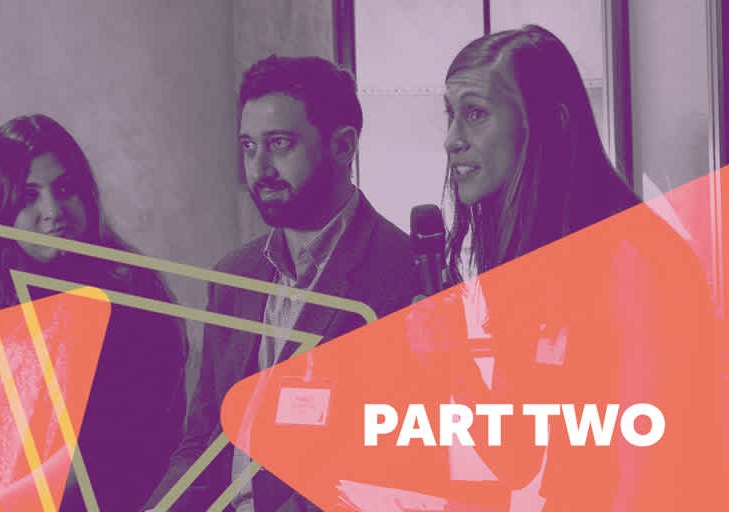Build Your Business
Liz Rowe on diversifying funding and horizon scanning
In Part 8 of our Nonprofit to Social Enterprise series Liz Rowe discusses funding and horizon scanning while staying mission focused.
February 08, 2018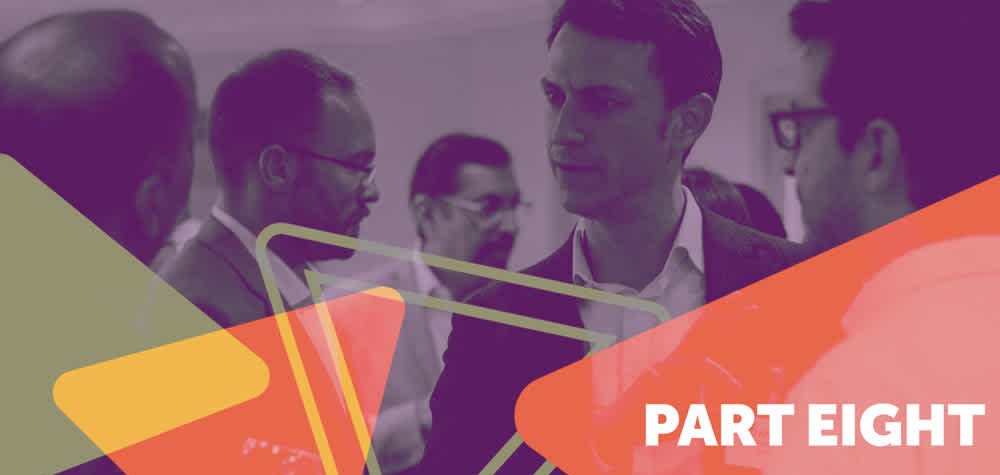
When it comes to developing an earned income stream for a nonprofit, Liz Rowe of the UK charity, Action for Children, counsels other organizations that: “Nothing is impossible. You’ve got to give it a go.”
For the past several years, Liz has been building a team that tests new ventures to supplement her organization’s mission. This became a critical necessity when, in the autumn of 2016, the funding for Children’s Centres across the UK was severely cut by the government, which directly affected Action for Children’s budgets. Suddenly, figuring out ways to generate their own income became integral to sustaining the organization’s ability to serve children and families across the country.
They started running a Community Swap and Shop model and even testing out online retail shops. They’re now also setting up franchise models under other brand names so that the organization can provide things like parenting support and nursery care for parents to purchase directly using these revenues to subsidize services ceasing from the local governments with the aim to continue to meet all children’s needs.
“If we knew what the reality of the future held, we would have started this innovation work far earlier. We didn’t realize how drastic the cuts would be to our income and what this meant for children and families. I would advise other organizations to conduct long term horizon scanning exercises so they can begin to anticipate these kinds of cuts with a couple of years window to prepare a business model for direct selling. We were too tentative in pursuing and investing in commercial models early enough. When you’re working for a charity where many people have been there for a really long time you need change agents to help people realize that vision for innovating. You need to plant the seeds and get others to nurture and grow those seeds,” she explains.
“One of the first hurdles is around tax issues and registration and ensuring as a charity you know what you are allowed to do and figuring out how to structure your new entity. Work with finance experts, lawyers or tax consultants to get the company set up and see what you are able to legally charge for," she says.
"Don’t undermine your mission and your charitable aims by maximizing a commercial workstream, but do ensure you are enabled to think differently about how to run and manage a commercial product delivery within a charity. If you’re there to support children or develop their educational attainment, stay true to that mission. Otherwise you could become indistinguishable a private company,” she adds.
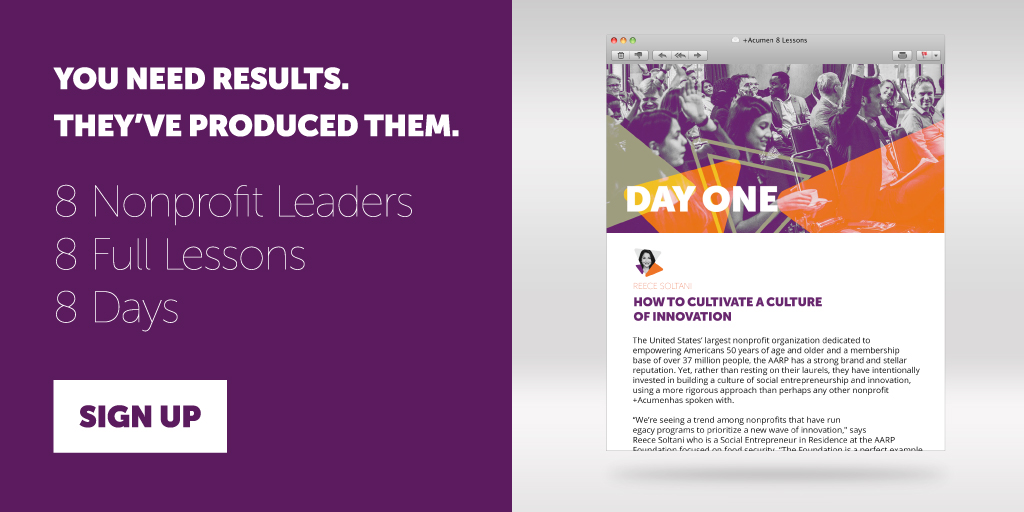
“What nonprofits should try to maintain is the heart of a charity, with the head of a business. Think about what you do if you were a private company but then execute it as a charity. You don’t want to alienate your current donors eithers. It’s a delicate needle to thread, but it’s definitely possible, and it’s where the future is heading," she explains.
"Think about what brand you’re using. If you want to be taken seriously as a commercial venture, it may make sense to operate under a different brand name since there is sometimes a stigma attached to selling as a charity. Then you can do your charitable work under one brand name and launch your commercial venture under another,” she adds.
Liz is now the Chair of Practice and Standards Committee at Autism Unlimited.


